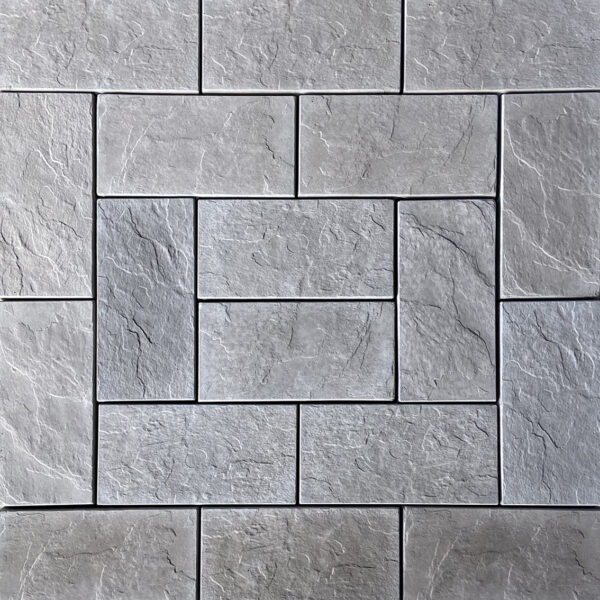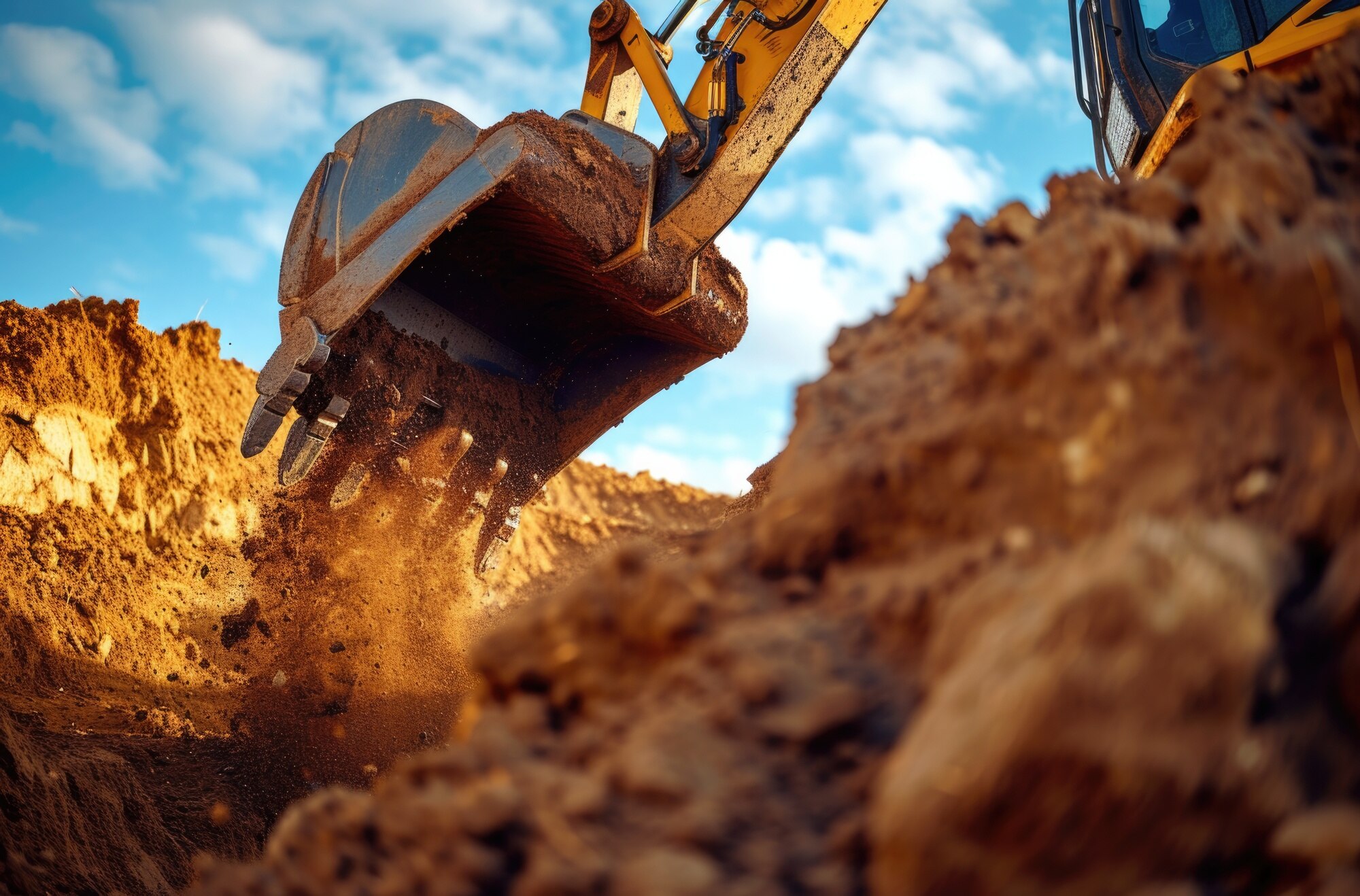Graphite pavers are an innovative and sustainable solution in construction and landscaping. These paving materials, primarily composed of graphite, offer a range of benefits that make them a popular choice for various outdoor applications. In this blog, we will delve into the characteristics, advantages, and applications of graphite pavers.
Graphite pavers derive their name from the inclusion of graphite in their composition. Graphite, a form of carbon with unique properties, is known for its excellent conductivity, durability, and resistance to corrosion. When incorporated into paving materials, these properties contribute to the overall performance and longevity of the pavers.
characteristics of graphite pavers
Strength & durability
One of the key characteristics of graphite pavers is their strength and durability. The inclusion of graphite enhances the structural integrity of the pavers, making them capable of withstanding heavy loads and prolonged exposure to the elements. This durability ensures a lengthy lifespan for the pavers, reducing the need for frequent replacements and minimising environmental impact.
In addition to their durability, graphite pavers are known for their corrosion resistance. Graphite possesses inherent properties that make it impervious to rust and decay, making it an ideal component for outdoor applications. This corrosion resistance is particularly useful in regions with harsh weather conditions, where traditional paving materials may deteriorate over time.
Conductivity
The unique conductivity of graphite is another noteworthy feature of graphite pavers. Graphite is an excellent conductor of heat and electricity. When integrated into paving materials, it can contribute to better heat dissipation. Graphite pavers can help solve the problems of ‘heat islands’ in urban environments by efficiently dissipating heat and creating a more comfortable and sustainable outdoor space.
Aesthetic appeal
Graphite pavers are also celebrated for their aesthetic appeal. Graphite’s dark, sleek appearance adds a modern and sophisticated touch to outdoor spaces. Graphite pavers can complement various architectural styles and landscape designs, whether used in driveways, walkways, or patios. The versatility in colour and texture options allows for creative freedom, enabling architects and designers to achieve their desired aesthetic outcomes.
Beyond their visual appeal, graphite pavers contribute to sustainable construction practices. The durability and longevity of these pavers reduces the need for frequent replacements, ultimately lowering the environmental impact associated with the production and disposal
of paving materials. Additionally, the thermal conductivity of graphite can contribute to energy efficiency by helping to regulate temperatures in outdoor spaces.
The applications of graphite pavers are diverse, spanning residential, commercial, and public spaces. In residential settings, these pavers can be used for driveways, pathways, and patios, adding both functionality and aesthetic value to outdoor areas. In commercial and public spaces, graphite pavers are employed for sidewalks, plazas, and other high-traffic areas, where their durability and resistance to wear are particularly advantageous.
Maintaining graphite pavers
Maintaining graphite pavers ensures their longevity and aesthetic appeal in outdoor spaces. Begin by regularly sweeping away debris and dirt using a stiff broom or brush. This prevents scratches and marks caused by abrasive particles on the surface. For more thorough cleaning, use a mild detergent mixed with water and a soft brush to scrub away stains gently.
To prevent moss and algae growth, particularly in shaded areas, consider applying a specialised algae/moss cleaner or a mixture of water and vinegar. Be cautious with high-pressure washers, as excessive pressure may damage the surface. Instead, use a low-pressure setting to remove stubborn dirt or stains.
Inspect the pavers for any damage or wear, such as cracks or chips. Promptly repair or replace damaged pavers to maintain a uniform appearance and prevent further deterioration. Additionally, consider applying a penetrating sealer to protect the graphite pavers from moisture, oil, and other contaminants, enhancing their resistance to stains and weathering.
Regularly inspect and maintain the surrounding landscape to prevent vegetation overgrowth, as roots and foliage can exert pressure on the pavers, leading to potential damage over time. By adopting these maintenance practices, you can ensure that graphite pavers retain their sleek appearance and structural integrity for an extended period.
So there you have it, graphite pavers’ strength, durability, resistance to corrosion, conductivity, aesthetic appeal, and sustainability make them a versatile choice for a wide range of applications. As the construction industry continues to prioritise environmentally friendly and durable solutions, graphite pavers are likely to play an increasingly prominent role in shaping future landscapes.








